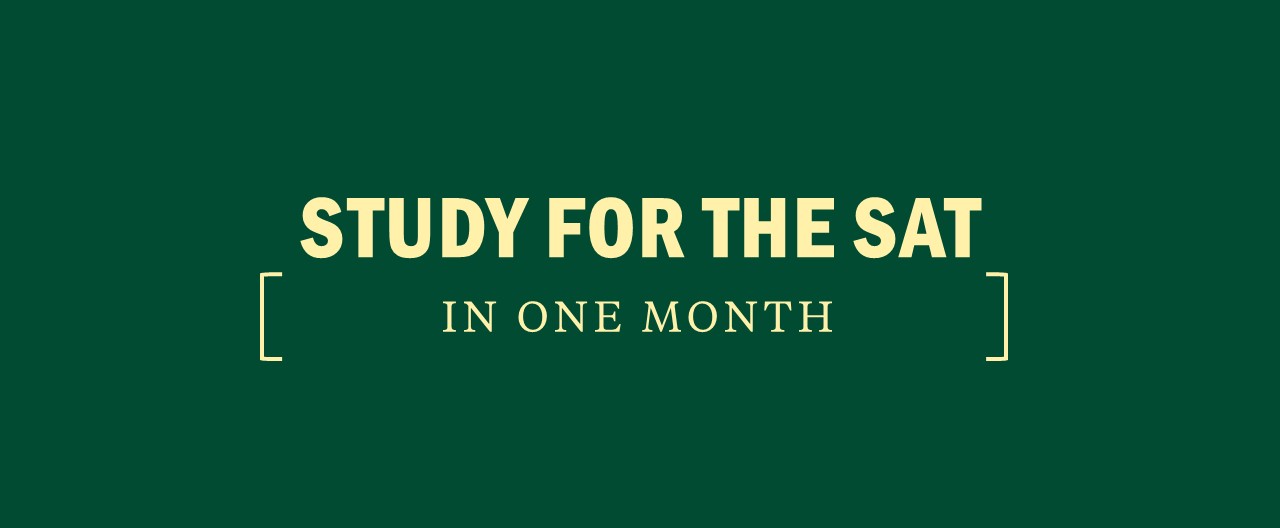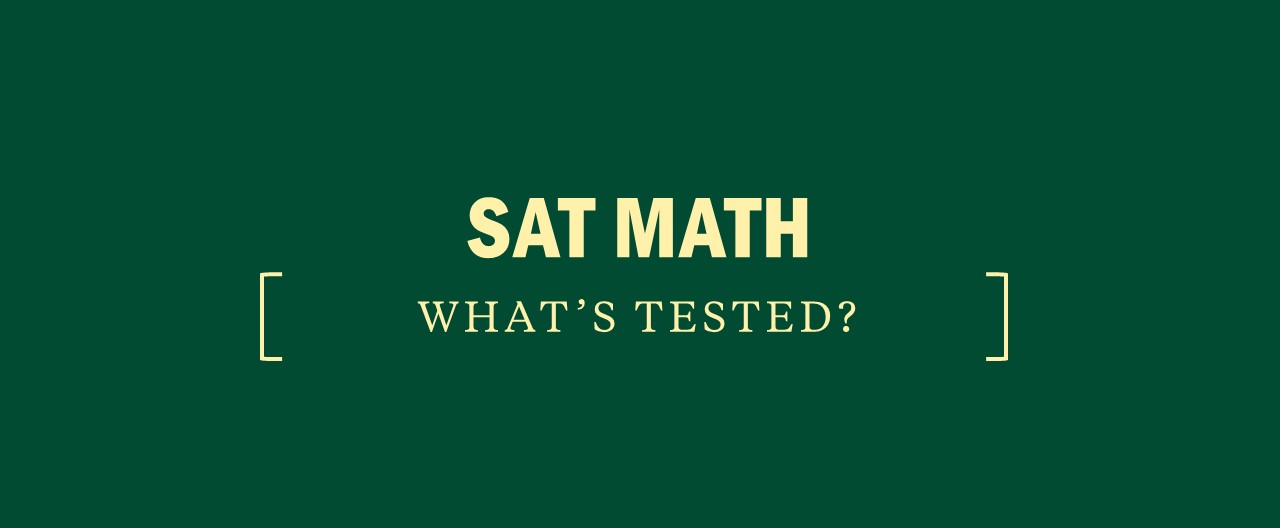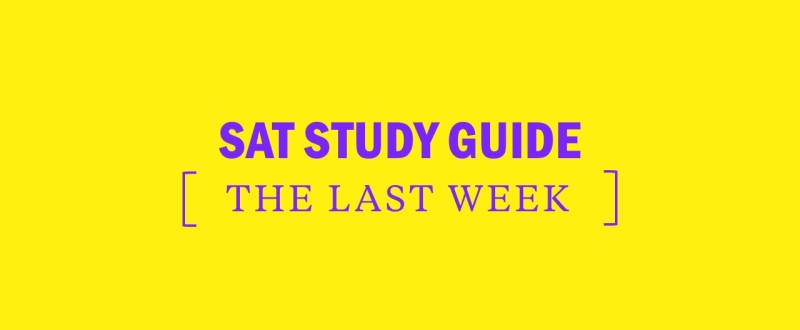SAT Infographics: What to Expect
You’ll see infographics (informational graphics) on the Reading and Writing & Language SAT Tests. Read on for more information about SAT infographics and how to approach them on the SAT.
What are SAT infographics?
The term infographics is just a fancy way of saying data represented in a neat visual form, such as a table or graph. You have no doubt worked with these in math and science classes over the years, but now you will see them accompanying passages on the Reading and Writing & Language Tests. See below for an example.
What does this have to do with SAT reading and writing?
First of all, no infographic-related question will ask you to do mathematical calculations. There is plenty of opportunity for that on the Math sections of the SAT. Instead, on the Reading Test, you might be asked to:
- directly interpret the infographic, analyzing trends in the data independently of the passage
- draw conclusions from a combination of what you read in the passage and what is depicted in the infographic
On the Writing & Language Test, you may be asked to change parts of a passage to match conclusions that can be drawn from the figures. Hence, it’s important to be able to interpret figures correctly for what they are and aren’t showing.
How should I approach an SAT infographic?
Though infographics may appear in many different forms, here are some general tips for interpreting them:
For example, go back to the sample infographic above and let’s work through it:
- The title is “Average Annual Tea Consumption”, which is what the numbers represent, measured in the units of “pounds per person”. Along the vertical axis are various countries.
- We can note that Turkey has the highest annual average tea consumption, while Finland has the lowest among countries shown.
- Now, try the question below being wary of “extra” info. We’ll also need a small part of the associated passage to answer this:






